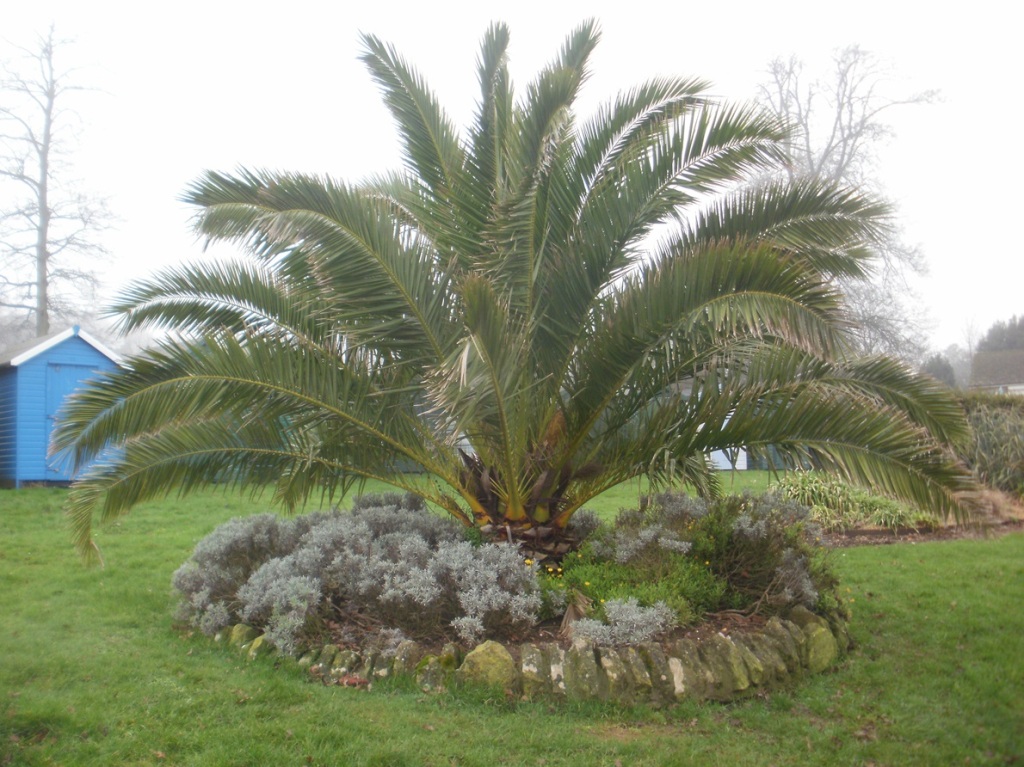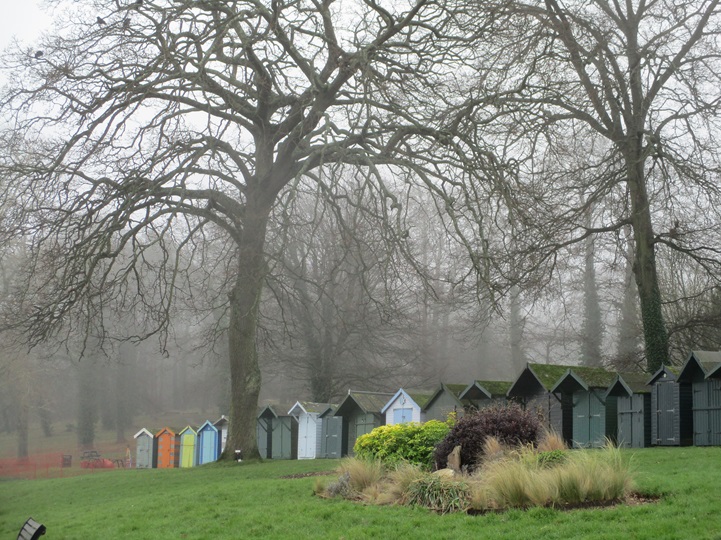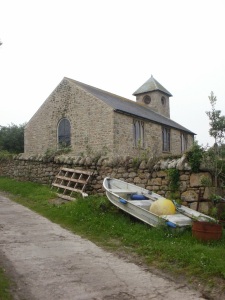We have mentioned on this blog before, that as well as geocaching we both play competitive Scrabble. Every year, around late January there is a 20 game tournament held on the Isle of Wight. This year was no exception, and we duly attended, competed and failed to trouble to the prize-winners. On our way back, we treated ourselves to some geocaching.

The Isle of Wight has hundreds of caches and we tend to focus on simple urban caches somewhere between the Scrabble venue on the South Coast, and the ferry terminal of Fishbourne in the North. We stick to urban caches, as we don’t have walking boots with us, and urban caching provides a level of bad-weather protection too.
This year we cached in Ryde. We have cached in Ryde several times before, but this time we would approach from the South East, head towards the sea, hopefully collect a couple of promenade caches, before heading back to our car.
Our first cache was on a crossroads of two paved footpaths. A smallish cache hidden in a tree, but the endless dogwalkers made searching tricky. Fortunately there was a handy ‘tourist information board’ nearby, where we could stand, sign the log, and more importantly wait for passers-by to, er, pass by before replacing the cache.

Our main walk initially took us away from Ryde passing through Appley Park. Here a cache had been planted in some tree roots – how we found and replaced the cache without being spotted by a couple of dog walkers we don’t know. We had to pass the dog walkers soon after, and one of the dogs knew how to interact with strangers. A ball was dropped by Mr Hg137’s feet. “Throw it” the dog begged. Without a plastic ball thrower, Mr Hg137 was not going to pick up a wet, dog-slathered, ball, so he kicked it. Perhaps a bit too strongly, but the ball ran away at great pace. The path was slightly downhill, and the ball gathered so much momentum the dog had to run a long way before retrieving it. This gave us a minute or two to head down a side path, to our next cache. Sadly we didn’t find it! It was supposed behind a road sign (of which there were two obvious candidates some distance apart). The local council had also undertaken some hedge clipping near one of the signs, and we suspect the cache had disappeared.
What was interesting about this non-cache was that it was originally placed by Robb-Inn, a caching couple who used to live near us, and who moved to the Isle of Wight some years ago. The cache is now looked after by someone else.


We were on our furthest point from Ryde and we looped back behind an archery field, revisiting the park we left earlier. The path descended to the shoreline, where there were a number of seats – one of which hosted a cache. Of course we scoured the wrong seats to start with and when we found the cache, decided to break for coffee whilst signing the log. Here more dog walkers appeared. We counted about 4-5 people and 7-8 dogs. All the humans were standing around chatting, with dogs getting more and more impatient. One dog had worked out how gravity worked, and walked slightly uphill (within the confined of its lead), dropped a ball, watched it roll downhill, and then walked down and collected it, before heading a few doggy paces uphill before dropping the ball again!
A good tarmac path led us to Ryde, but first we diverted into some woodland to find another cache. The cache was hidden near a ‘photo opportunity’ of Appley Tower, a folly built on the Appley estate by the then owners in the late 1870s. Sadly there was scaffolding around the tower, which rather diminished the photo opportunity!


Our next cache was our hardest of the day. Called “A Loo with a view”. We expected the cache to be in front of the public conveniences with a view overlooking the sea. We searched the front and sides of the building, and found nothing. Eventually we found the cache behind the loos attached to the outer drainage pipes. Hardly a view!
We then had our second DNF of the morning, A cache we had failed to find back in 2018 and we failed to find it yet again. The GPS took us to some trees, many of the photos on www.geocaching.com show a brick wall. We were totally flummoxed, maybe in a year or so… we will get third time lucky here!
A few yards back from the sea front in Ryde is an ornamental pond. The pond contained a variety of birdlife, and nearby a group of artists were busy sketching and painting. Having passed the lake, we crossed to the sea front, and to one of the pay-to-view telescopes you see at the seaside. A magnetic cache was hidden underneath. This location is quite exposed, and we imagine in the Summer, when the tourist season is in full swing, this cache is difficult to attempt without being seen.
Time was drawing on, and we headed inland following a footpath towards our car. Our route took us past one more cache. It should have been a magnetic nut-and-bolt cache, but only half remained – fortunately the half with the log in. This took a bit of searching, as there were several metal structures that a magnet could have been affixed to.
In all we found 7 Caches, had 2 DNFs, but more importantly a pleasant walk in Winter sunshine after a couple of days sitting down exercising our brain. Roll on next year!

















































































